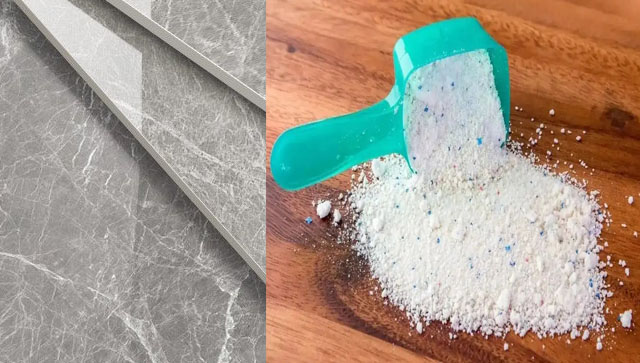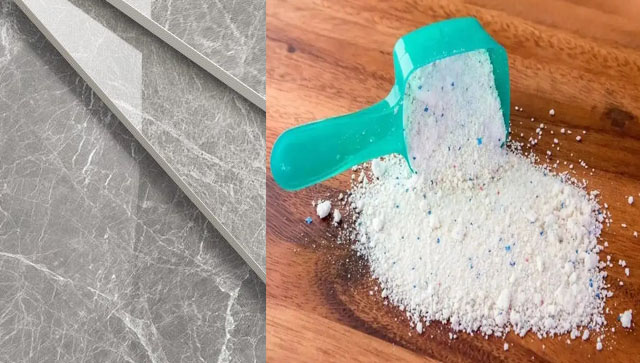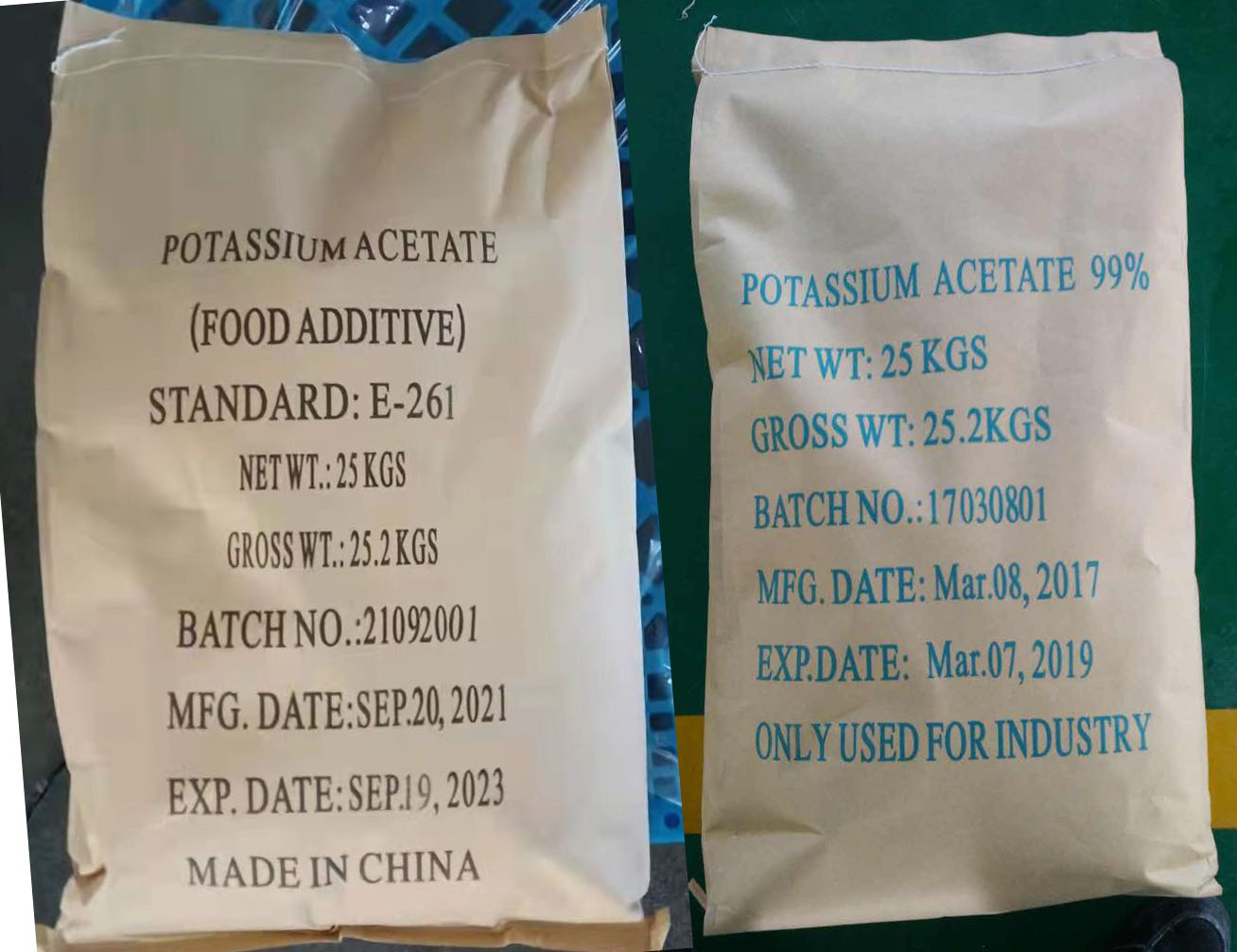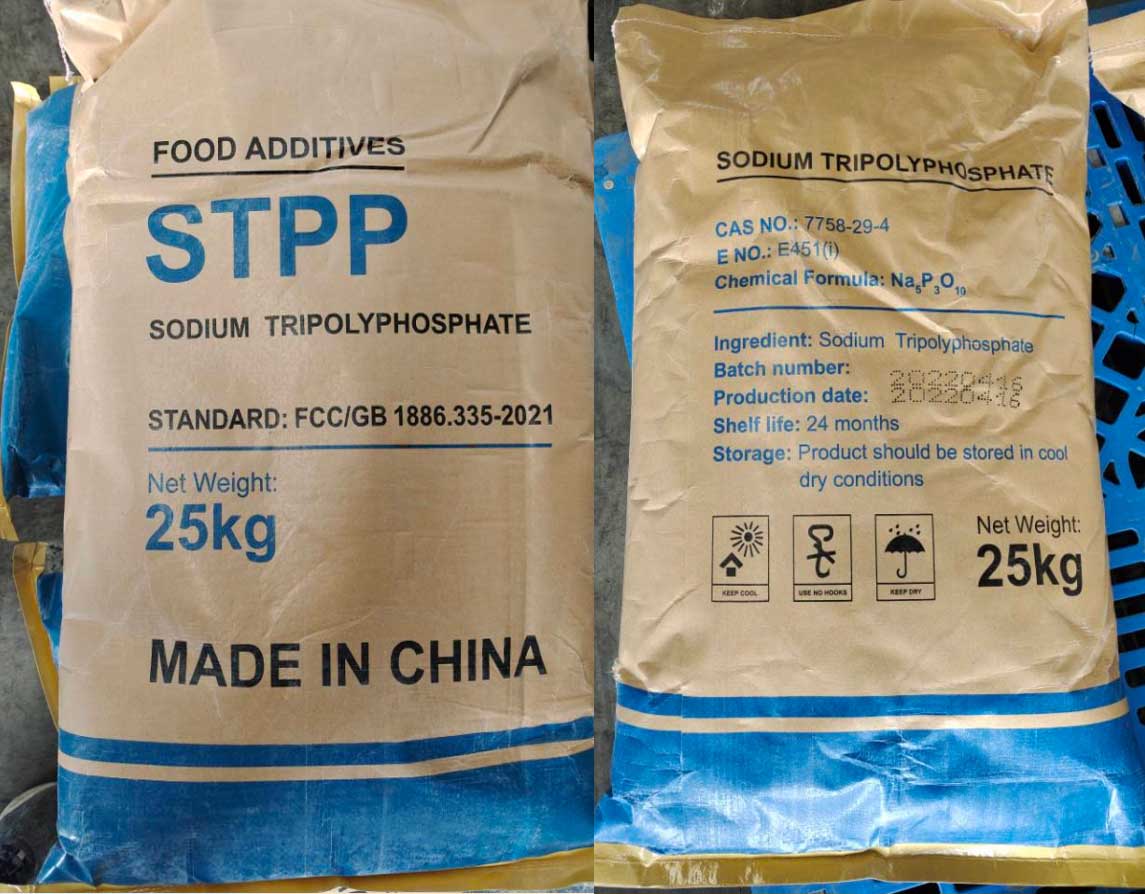Polyacrylamide (PAM) in Wastewater Treatment: A Powerful Solution for Effective Water Purification
Polyacrylamide (PAM) is a synthetic polymer that has become an essential component in wastewater treatment due to its outstanding ability to remove suspended solids, organic matter, and contaminants from water. Its use as a flocculant—a substance that promotes the clumping of particles into larger aggregates called flocs—has made it a go-to solution for both industrial and municipal water treatment processes. In this article, we will explore the role of PAM in wastewater treatment, its benefits, and how it enhances the efficiency of water purification systems.
What is Polyacrylamide (PAM)?
Polyacrylamide is a water-soluble polymer made from acrylamide monomers that, when polymerized, form long-chain molecules capable of interacting with particles in water. These chains help the particles to aggregate, forming flocs that can be easily removed from water. Polyacrylamide can be modified into different ionic forms—anionic, cationic, or non-ionic—to suit specific water treatment applications. Its molecular weight can also be varied, allowing it to be customized for different levels of flocculation and water clarity.
The primary use of PAM in wastewater treatment is as a flocculant, but it can also be used as a dispersant in certain applications. Its ability to reduce turbidity and clarify water is crucial for both municipal and industrial wastewater treatment.
How Does Polyacrylamide (PAM) Work in Wastewater Treatment?
PAM works through its unique ability to interact with suspended particles in water. When added to wastewater, it forms large, sticky aggregates or flocs by binding fine particles together. These flocs are then large enough to settle quickly, allowing the solid particles to be removed through sedimentation, filtration, or centrifugation.
Depending on the characteristics of the wastewater, different types of PAM can be used:
Anionic PAM: Typically used in wastewater treatment where the particles to be flocculated are positively charged. Anionic PAM helps attract the positively charged particles, forming stable flocs.
Cationic PAM: More commonly used in situations where the water contains negatively charged particles. Cationic PAM can effectively bind to and neutralize these particles, forming large flocs.
Non-Ionic PAM: This type of PAM is used in situations where the charges in the water are not well defined. Non-ionic PAM works by interacting with the particles through non-electrostatic forces.
Applications of PAM in Wastewater Treatment
Municipal Wastewater Treatment:
In municipal wastewater treatment, PAM is used to improve the quality of effluent before it is discharged into natural water bodies. It helps in the primary treatment (removal of large particles) and secondary treatment (removal of dissolved organic matter), ensuring that water quality standards are met for public safety and environmental protection.
Industrial Wastewater Treatment:
Industries such as textiles, papermaking, mining, food processing, and oil and gas generate wastewater that contains high levels of suspended solids, oils, chemicals, and other contaminants. PAM is used to effectively treat such wastewater by removing these contaminants and improving the overall quality of the water before discharge or recycling.
Oil & Gas Industry:
In the oil and gas industry, PAM is used to treat produced water that contains oil, suspended solids, and other chemicals. By facilitating the aggregation of these particles into flocs, PAM helps separate them from water, allowing the purified water to be safely reused or treated further.
Chemical and Pharmaceutical Industries:
PAM is also effective in the treatment of effluents from chemical plants and pharmaceutical manufacturing. These industries often generate wastewater that contains hazardous materials, and PAM's ability to remove particulate matter and other contaminants is key to ensuring that the water is treated to safe levels.
Benefits of Using Polyacrylamide (PAM) in Wastewater Treatment
High Efficiency:
PAM is an extremely efficient flocculant, capable of forming large, easily removed flocs even in challenging water conditions. It significantly reduces the amount of suspended solids and contaminants, improving water clarity and meeting stringent water quality standards.
Cost-Effective:
Because PAM works effectively in small quantities, it is a cost-effective solution for both municipal and industrial wastewater treatment. Its high efficiency allows for reduced operational costs in water treatment facilities.
Improved Water Quality:
PAM helps improve the quality of treated water by reducing turbidity, removing suspended solids, and enhancing the clarity of the effluent. This makes the treated water suitable for further industrial processes or safe discharge into the environment.
Versatility:
Available in various ionic forms (anionic, cationic, and non-ionic) and molecular weights, PAM can be customized to suit specific water treatment needs. This versatility makes it ideal for use in a wide range of industries and applications.
Environmental Protection:
PAM helps minimize the environmental impact of wastewater discharge by ensuring that water treatment processes remove contaminants effectively. This is especially important in industries where effluent treatment is critical to protect local water resources.
Easy to Use:
PAM is easy to handle and can be applied directly to wastewater, either manually or through automated dosing systems, depending on the scale of the operation.
How to Use Polyacrylamide (PAM) in Wastewater Treatment?
Dosage:
The required dosage of PAM varies depending on factors such as the type of wastewater, the level of contamination, and the desired water clarity. In general, a small amount of PAM is sufficient to treat large volumes of wastewater, making it a very cost-effective solution.
Application Method:
PAM is typically dissolved in water before being added to the wastewater. The polymer is usually diluted to a low concentration and then mixed into the wastewater to allow proper flocculation. It is important to adjust the dosage based on the specific characteristics of the wastewater.
Testing:
It is recommended to test the effectiveness of PAM before large-scale application. Sample testing can help determine the optimal dosage and ensure that the polymer is achieving the desired flocculation and water clarity.
Conclusion: The Role of Polyacrylamide (PAM) in Modern Wastewater Treatment
Polyacrylamide (PAM) plays a critical role in modern wastewater treatment by effectively removing suspended solids, organic matter, and contaminants from water. Its ability to form large, easily removed flocs makes it an indispensable tool in municipal and industrial water purification processes. With its versatility, cost-effectiveness, and environmental benefits, PAM has become one of the most widely used water treatment chemicals in the world. Whether you are looking to treat municipal effluent or industrial wastewater, Polyacrylamide offers an efficient solution that can improve water quality and protect the environment.
If you're interested in learning more about how Polyacrylamide can improve your wastewater treatment processes, contact us today for more information and samples for testing.




